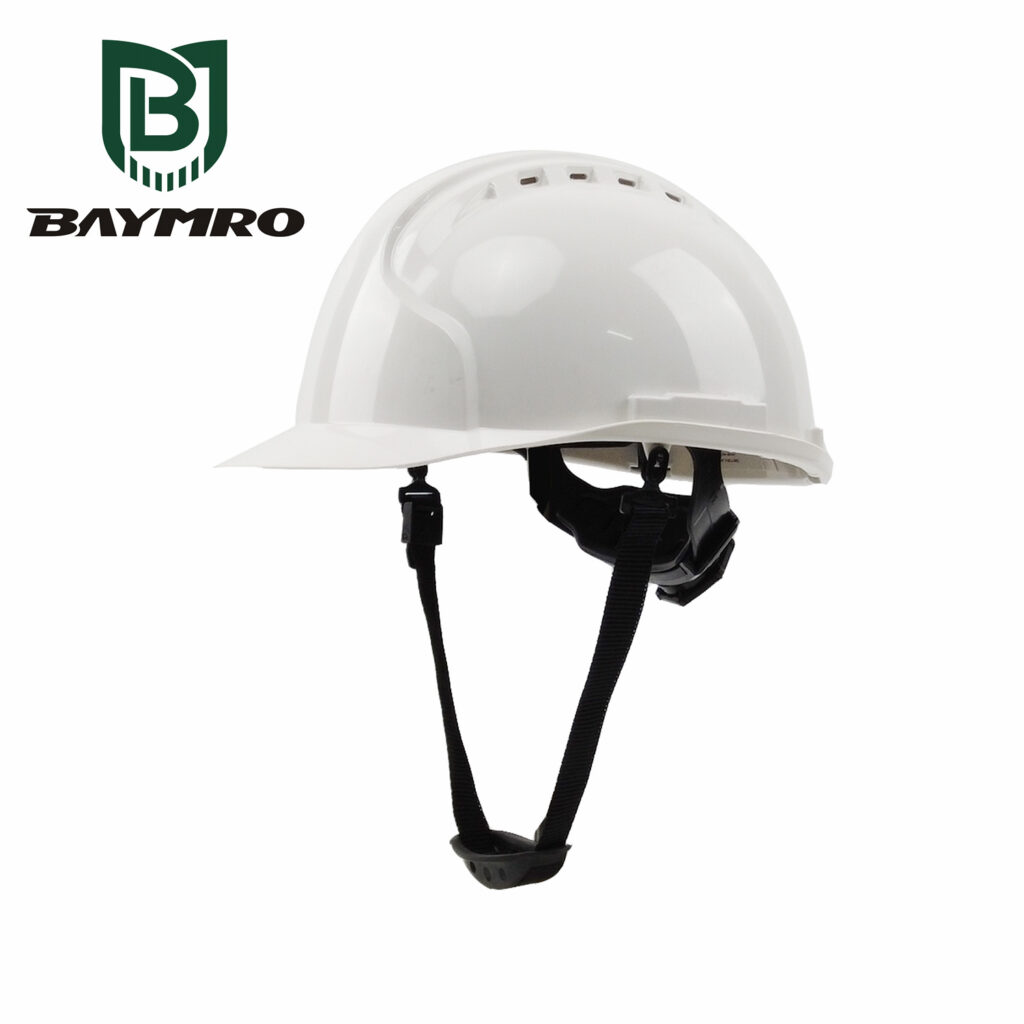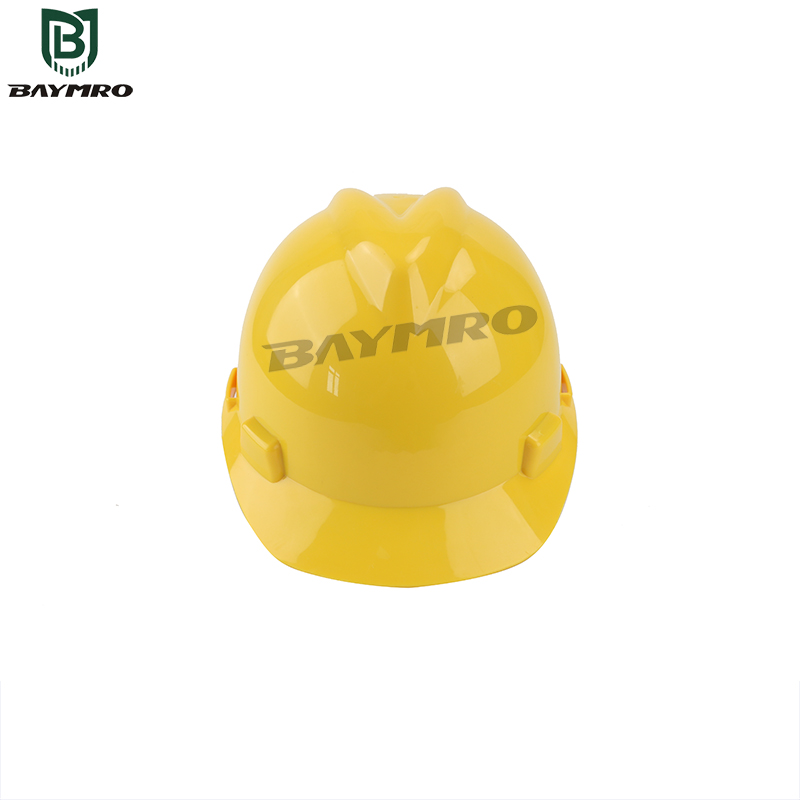Helmets are essential protective gear in various activities, and their design can significantly impact both safety and comfort. One crucial distinction lies in whether the helmet is ventilated or non-ventilated. Here’s how you can differentiate between the two:
1. Ventilation Structure:
Ventilated Helmets: These helmets are characterized by well-designed ventilation holes or channels, strategically placed to facilitate proper airflow. Ventilation points can be found on the top, sides, or rear of the helmet, aiding in heat dissipation and reducing the temperature inside the helmet for enhanced comfort.

Non-Ventilated Helmets: Conversely, non-ventilated helmets typically lack prominent ventilation holes, focusing more on providing overall head protection. These helmets might be more suitable for colder environments or situations where ventilation is not a primary concern.

2. Comfort:
Ventilated Helmets: Due to their ventilation design, these helmets excel in keeping the wearer’s head cool, especially in hot weather. The airflow helps dissipate heat, minimizing sweat accumulation and improving overall comfort.
Non-Ventilated Helmets: While these helmets prioritize comprehensive head protection, they may lead to a feeling of warmth or discomfort, particularly in hot conditions.
3. Intended Use:
Ventilated Helmets: Ideal for activities or occupations requiring prolonged use in hot environments, such as construction sites or sports events.
Non-Ventilated Helmets: Suited for situations demanding higher overall head protection, such as hazardous construction work or motorcycle riding.
Choosing between a ventilated and non-ventilated helmet depends on your specific needs and the environment in which you’ll be using it. Consider the following factors to make an informed decision:
Environmental Conditions: If you anticipate working or engaging in activities in hot weather, a ventilated helmet may provide better comfort.
Safety Requirements: Jobs or activities with a higher risk of head injuries may necessitate a non-ventilated helmet for maximum protection.
 3M
3M Ansell
Ansell Dellta Plus
Dellta Plus Drager
Drager edelrid
edelrid Honeywell
Honeywell JUTEC
JUTEC Seeland
Seeland MSA
MSA Neues Schwein
Neues Schwein Weldas
Weldas